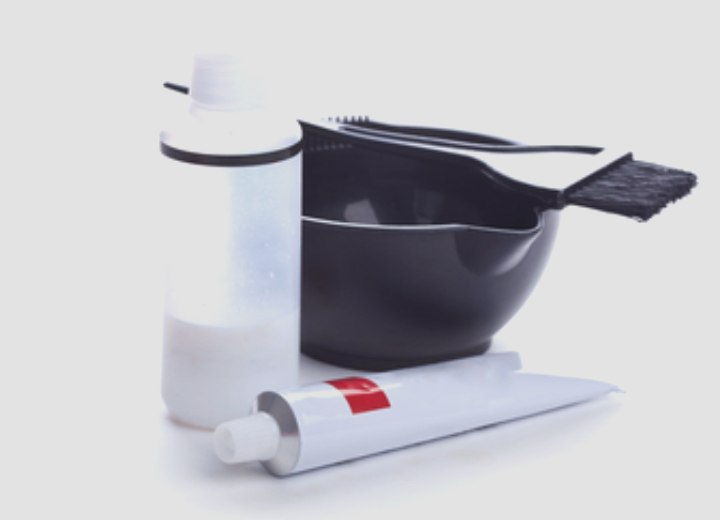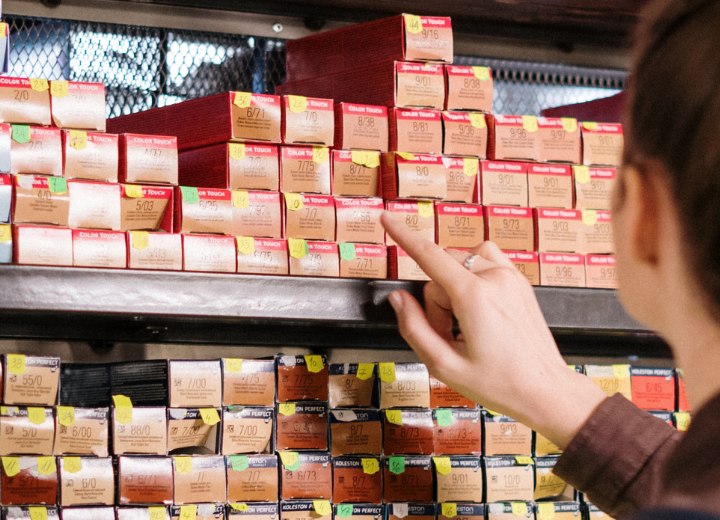Coloring Your Hair

We have all wondered what it would be like to have a different hair color, but maybe you are not ready for the commitment of making a drastic change. And maybe you aren not sure if you can achieve the color you want without doing something permanent. Here is some information to help you understand the types of hair color available to you.
Temporary Hair Color:
These products are truly temporary and are usually sold as color rinses. They are most often used to cover or mask gray hair, or to add a subtle (or even a bold) tone to your natural color. Temporary color sits on the outside of the cuticle and adds color to the surface of the hair. Temporary hair color won't take you from a darker shade to a lighter shade, but it can add some depth and richness to lighter hair.
Semi-Permanent and Demi-Permanent Hair Color:
Semi-permanent and demi-permanent hair colors are similar in the way they work, but slightly different in their formulations.
Semi-permanent color is designed to deposit color onto the hair only and has no lightening effect. The formula includes an activator that develops the color and helps to raise the cuticle of the hair shaft, allowing the color to be deposited there. Semi-permanent color does not penetrate into the cortex of the hair, but it typically lasts from six to eight weeks, gradually washing out with each shampoo.
Demi-permanent color is also a deposit-only color with no lightening effect. The difference between semi-permanent and demi-permanent colors is that with demi-permanent color, the color molecules are smaller and thus penetrate into the cortex of the hair, as well as being deposited on and in the cuticle.
This makes demi-permanent hair color a better choice for covering gray hair, as the color achieved also lasts longer. However, it will fade due to the formulation of smaller color molecules being able to come back through the cuticle with each shampoo.

Permanent colors are designed to penetrate the hair shaft and deposit their color directly into the cortex of the hair. The formula contains a developer to raise the cuticle and allow the color molecules to penetrate into the cortex, and also contains aniline derivatives which combine with hydrogen peroxide to produce larger tint molecules which are then trapped inside the cortex.
By virtue of their formulation, permanent hair colors can deposit color and can also be used to lighten the color of the hair, depending on the strength of the hydrogen peroxide used as a developer. If the desired result is simply the addition of color with no lightening in level, then your colorist will typically use a 10-volume peroxide developer.
To lighten the hair one to two levels and add color, 20-volume peroxide will be sufficient. 30 and 40-volume peroxides are available to lighten the base level even more, but remember that the stronger the peroxide, the harsher the effect on your hair. It is best that you never use anything stronger than a 20-volume peroxide developer without the assistance of a professional to closely monitor the results.
©Hairfinder.com
See also: More about coloring hair
